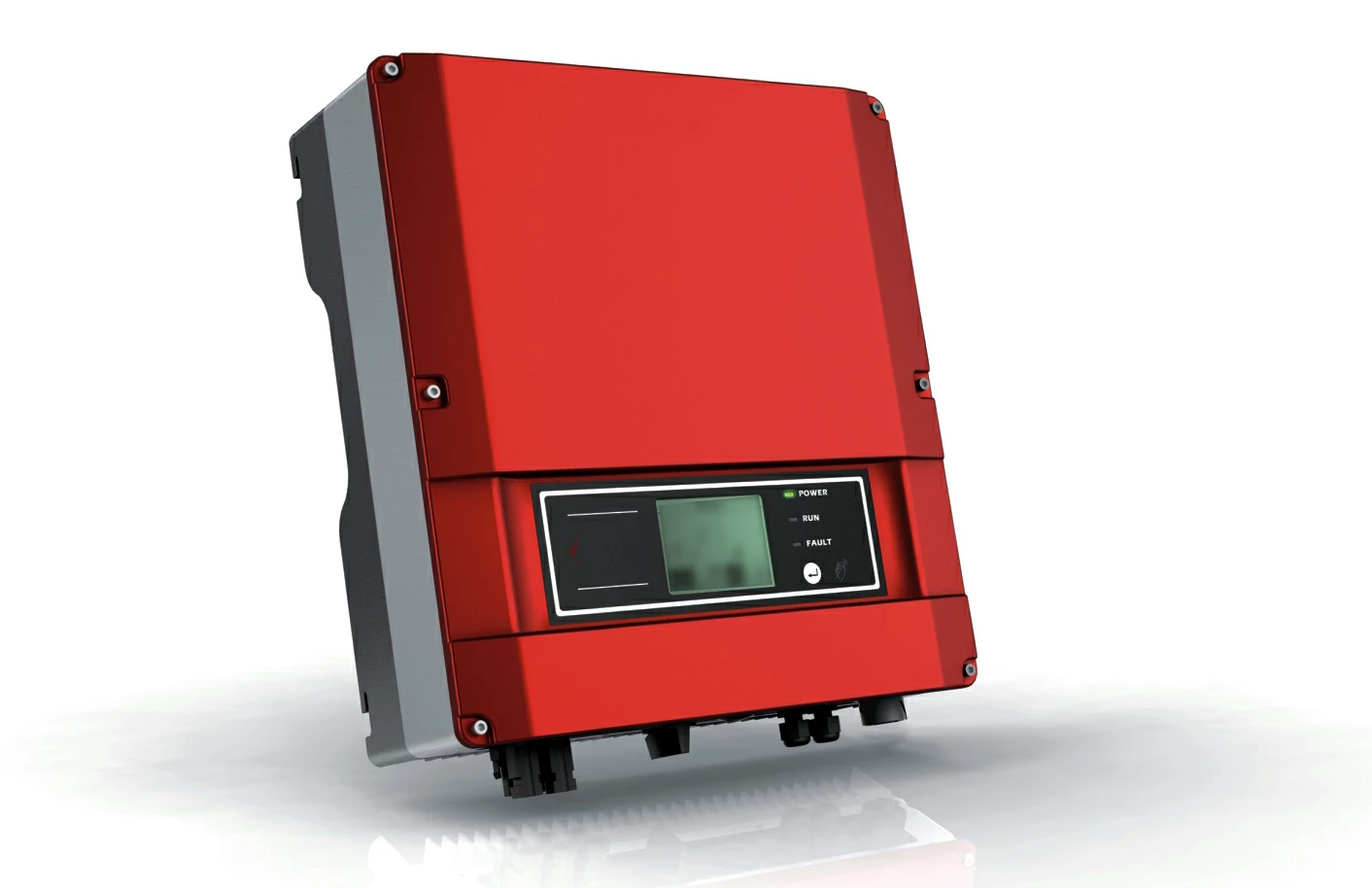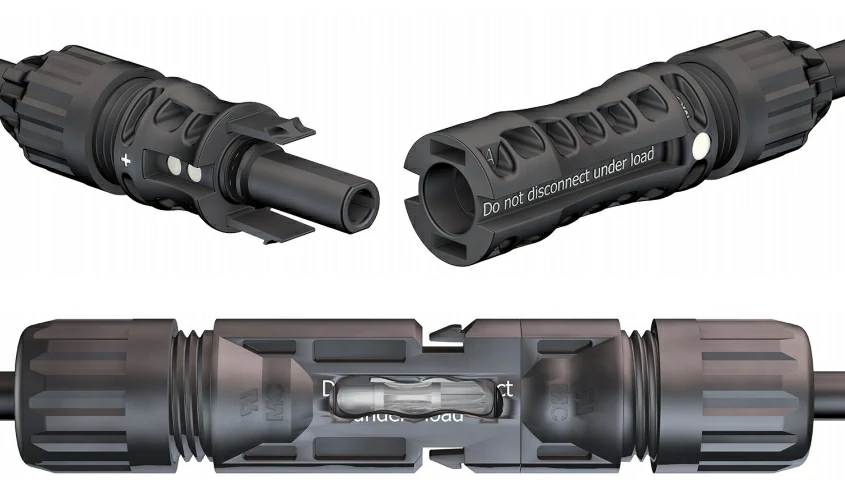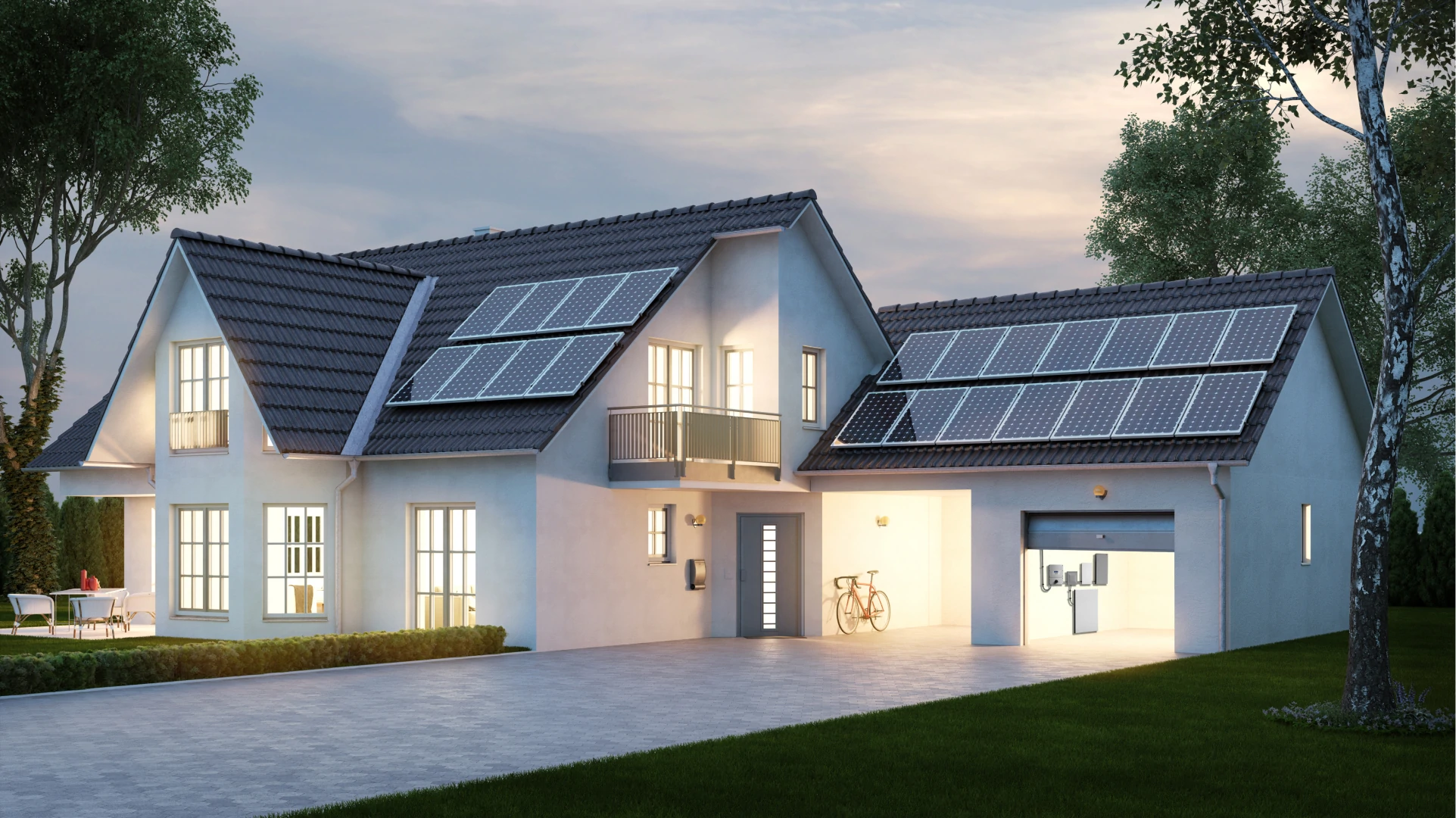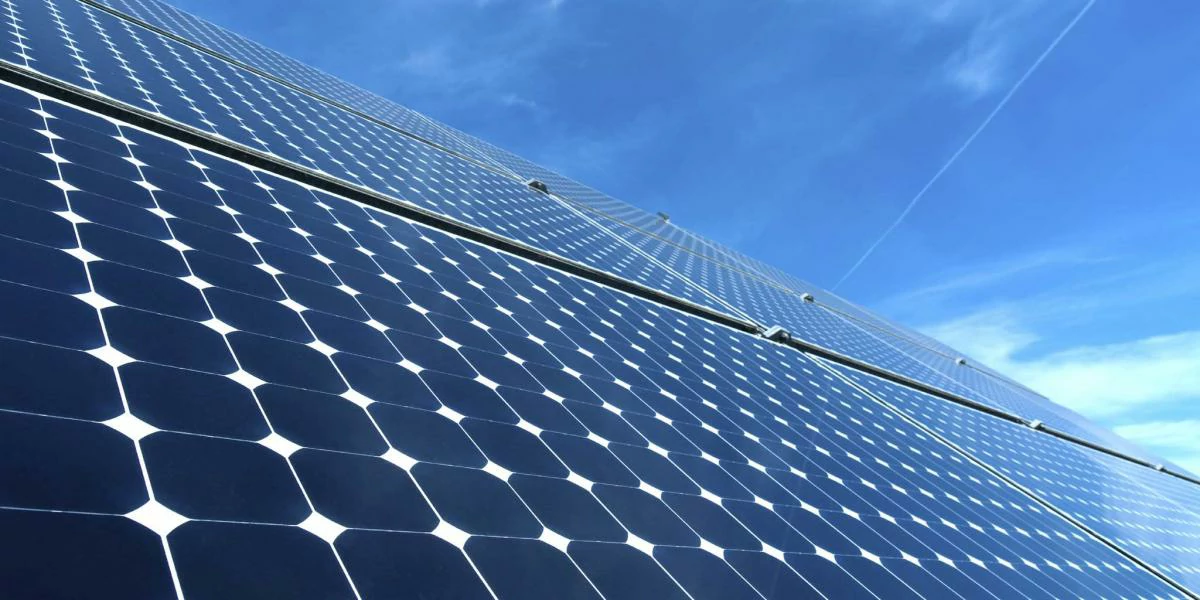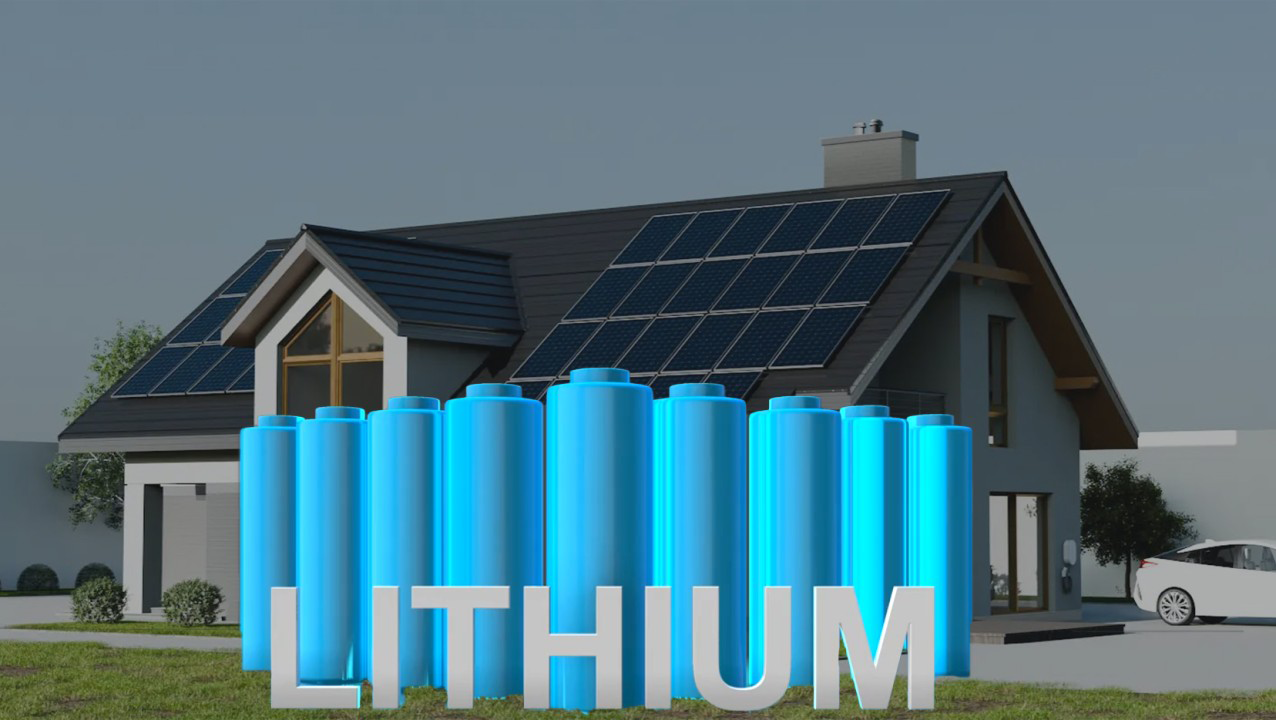Photovoltaic inverter Generally, the process of converting AC electrical energy...
Introduction to grid-connected inverters
Grid-tied inverters (Grid-tied inverters) are important devices in modern power electronics systems, mainly used to convert direct current (DC) generated by renewable energy sources (such as solar and wind) into alternating current (AC) with the same frequency and phase as the Grid, and directly connected to the grid. With the development and popularization of renewable energy, grid-connected inverters play a key role in household and industrial energy management. This paper will introduce the basic principle, main function and application field of grid-connected inverter.

the working principle
The working principle of grid-connected inverters can be simply summarized as the following steps:
Direct current input: Grid-connected inverters receive direct current from renewable energy systems such as solar photovoltaic arrays or wind turbines.
Maximum Power Point Tracking (MPPT) : The inverter is equipped with maximum power point tracking technology, which automatically adjusts the operating point by monitoring the voltage and current of the solar panel in real time to ensure that energy is captured at optimal efficiency.
Direct current AC: Converts direct current into alternating current through high frequency switching and PWM (pulse width modulation) technology. The control system of the inverter generates a series of pulses that modulate the width of the output current to obtain the desired sinusoidal waveform.
Phase and frequency synchronization: By monitoring the frequency and phase of the power grid, the inverter ensures that its output AC is fully synchronized with the frequency and phase of the power grid to avoid grid interference.
Output to the grid: Eventually, the filtered AC is exported to the grid for use by other users or for sale by the power company.
the main function
Grid-connected inverters have a variety of functions, including:
Energy conversion: The efficient conversion of direct current into alternating current, the same as the grid, to provide electricity to domestic or industrial users.
Maximum power tracking: Automatically adjusts operating parameters to achieve the maximum power output of a solar or wind system.
Monitoring and communication: Modern grid-connected inverters are usually equipped with intelligent monitoring systems that can monitor current, voltage, power generation and other data in real time and upload this information to the cloud or mobile applications.
Protection function: The grid-connected inverter has multiple built-in protection mechanisms, including overvoltage protection, overcurrent protection, short circuit protection and anti-island protection, to ensure the safety of the equipment under abnormal conditions.
Compatibility: Grid-connected inverters typically follow international and local standards to ensure compatibility with the public grid.
Application fields
Grid-connected inverters have a wide range of applications, including:
Home solar systems: More and more homes are installing solar photovoltaic arrays, which are connected to grid-connected inverters to achieve self-generated and excess power online.
Commercial buildings: Many commercial buildings utilize rooftop solar systems with grid-connected inverters to achieve self-sufficiency and reduce electricity costs.
Industrial applications: In large enterprises and factories, grid-connected inverters are used to connect to renewable energy systems, reducing operating costs and supporting sustainable development.
Microgrids: In some areas, microgrids have built independent power systems based on renewable energy, and inverters play a crucial role in the stability and power quality of microgrids.
conclusion
As an important equipment connecting renewable energy and power grid, grid-connected inverters not only promote the application and popularization of green energy, but also contribute to the sustainable development of electricity. With the development of technology and the growth of market demand, grid-connected inverters will continue to develop in the direction of intelligence, efficiency and sustainability in the future. In the future, it will play a more important role in the transformation of the global energy structure.

Home energy storage product series
A lithium battery pack for home energy storage systems, which is compatible with solar panels and the sun The inverter can work together with the power grid to power household appliances, and it can also be used as a For off grid systems.
Extended reading
LiFePo4 home energy storage battery
A highly integrated backup power solution for solar home energy...
THE ESSC Brand promise
Global supply
Our products sell well all over the world, covering many countries and regions, through the global logistics network, to provide customers with convenient purchasing experience.
Rigorous quality
We adhere to the highest quality control standards to ensure every product meets industry regulations and customer expectations, earning trust through consistent excellence.
Excellent service
With a customer-centric approach, we provide prompt responses, professional support, and personalized services, aiming to deliver the best user experience and long-term value.
